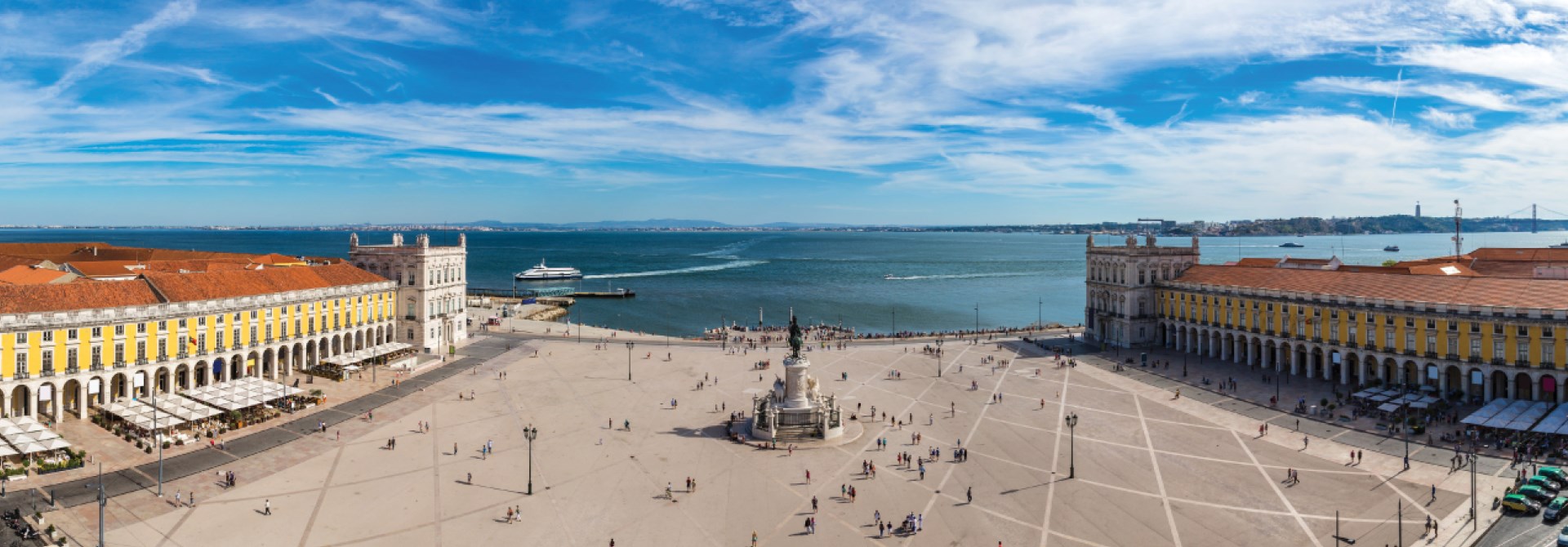From the beginning of history Lisbon always welcome different persons and cultures. Called the city of the seven hills it is also famous for its exceptional light that enchants visitors and residents, and provides excellent photos. History and modernity live together in a city that wants to progress and keep its traditional way of living.
In the historical quarters you can still find the “ancient Lisbon” and, if you like details, please look around and take a look at the tiles that cover some building façades and to the work in cast iron of the old balconies.
People in Lisbon are friendly and it isn’t very difficult to find someone who understands English especially among young people.
Lisbon has a good public transport network, and nearby you have the beaches of Cascais and Costa da Caparica and the lovely village of Sintra.
The city also offers a wide range of cultural activities and museums.
Lisbon and Portugal are also known for the good food. The city has lots of restaurants from traditional to international cuisine, and some are not very expensive. Going out for dinner is almost a national tradition.
People who visit Lisbon often praise the seafood dishes, the codfish (bacalhau) the sardines (sardinhas), and the famous Pastéis de Belém.
Shops are open, usually from Monday to Friday, from 9:30 a.m. to 7 p.m., but you have various shopping centers opened every day from 10 a.m. to 11 p.m. Pharmacies are also open from Monday to Friday between 9 a.m. to 7. p.m., sometimes they close at lunch time (from 1 to 3 p.m.).
On Saturdays pharmacies open from 9 a.m. to 1 p.m. Outside of these hours we have what we call Farmácias de Serviço (pharmacies that are open until 10 p.m. or during all night).
Banks are open at the weekdays from 8:30 a.m to 3 p.m., but you can easily find cash machines (ATMs) identified by MB symbol (Multibanco) where you can withdraw money or do different operations (pay bills, top up the mobile phone, charge the electronic pass Lisbon Viva).
In Lisbon besides a quiet and nice ambience for study you can also find sports, nature, leisure, culture, and beautiful places to visit and to enjoy. Be welcome!


